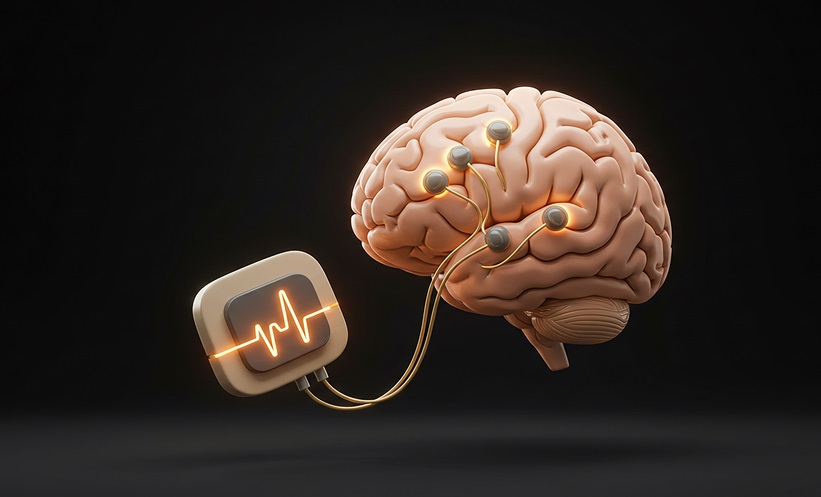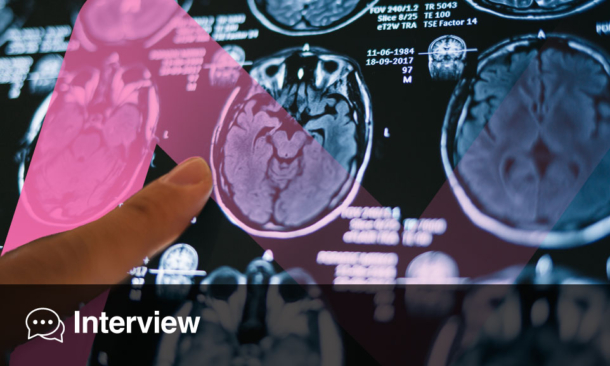A MAJOR clinical trial has demonstrated that adaptive deep brain stimulation is safe, effective, and tolerable for people with Parkinson’s disease in the long term. The findings suggest that personalised, responsive therapies may soon enhance standard treatment for Parkinson’s disease symptoms.
Moving Beyond Continuous Stimulation
Deep brain stimulation (DBS) has long been a central therapy for Parkinson’s, using continuous electrical impulses to alleviate motor symptoms. However, conventional continuous DBS (cDBS) delivers constant stimulation whether or not symptoms are present, which can lead to periods of reduced effectiveness or unwanted side effects. Adaptive DBS (aDBS) represents an advance, automatically adjusting stimulation based on neural activity and symptom fluctuations. This study sought to test its long-term effectiveness and safety compared to cDBS in a real-world setting.
Trial Results on Adaptive DBS
The international open-label study recruited 68 individuals across the US, Canada and Europe between 2020 and 2022. Participants, with a mean age of 62, were already stable on cDBS and medication before testing. Of those assessed, 91 percent of dual-threshold aDBS users and 79 percent of single-threshold aDBS users met the primary performance goal: maintaining good on-time (periods when symptoms were controlled) without troublesome dyskinesia, relative to standard cDBS. Importantly, single-threshold aDBS reduced total electrical energy delivered by an average of 15 percent compared with cDBS (P = .01). Safety outcomes were strong, with almost all stimulation-related adverse events resolving during setup and no serious device-related complications reported during 10 months of follow-up.
Implications for Parkinson’s Care
The trial highlights the potential of adaptive brain stimulation to optimise therapy for Parkinson’s, tailoring treatment to patients’ neural activity and reducing unnecessary energy exposure. Further research and wider adoption could transform how functional neurosurgery supports patients living with Parkinson’s, pointing towards a future where therapy adapts in real time to an individual’s needs.
Reference
Bronte-Stewart HM et al. Long-Term personalized adaptive deep brain stimulation in parkinson disease: a nonrandomized clinical Trial. JAMA Neurol. 2025.DOI:10.1001/jamaneurol.2025.2781.







